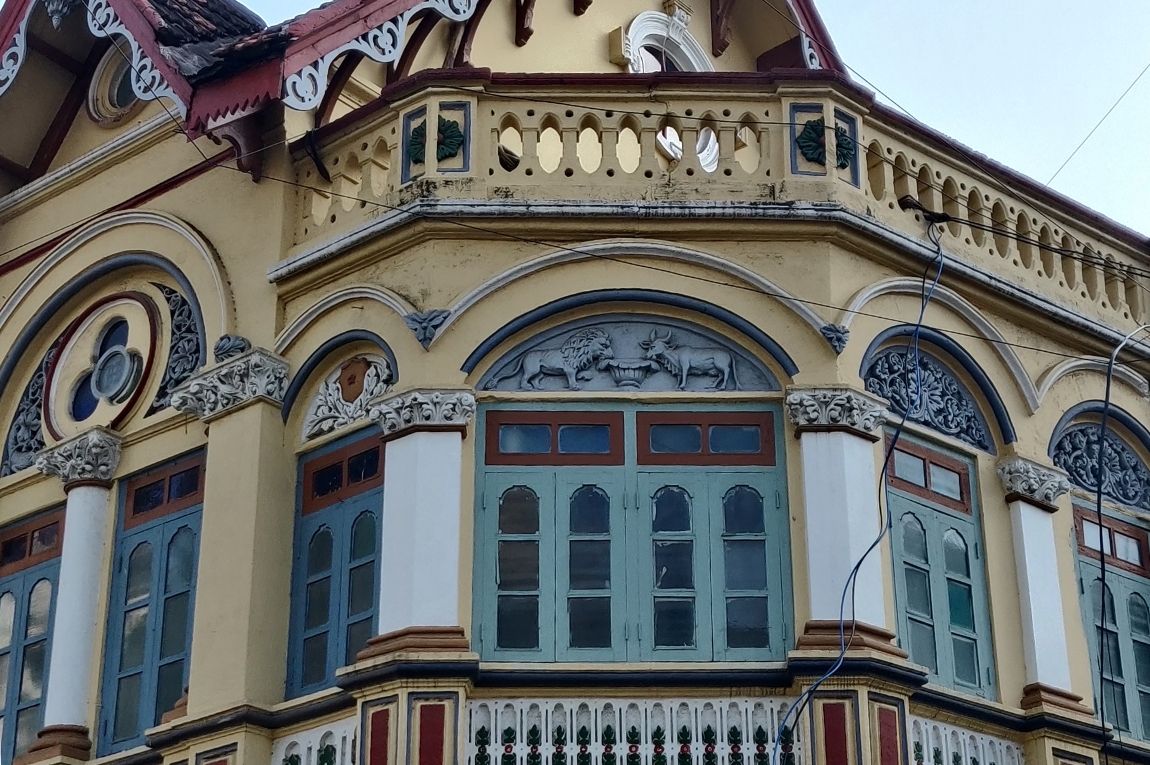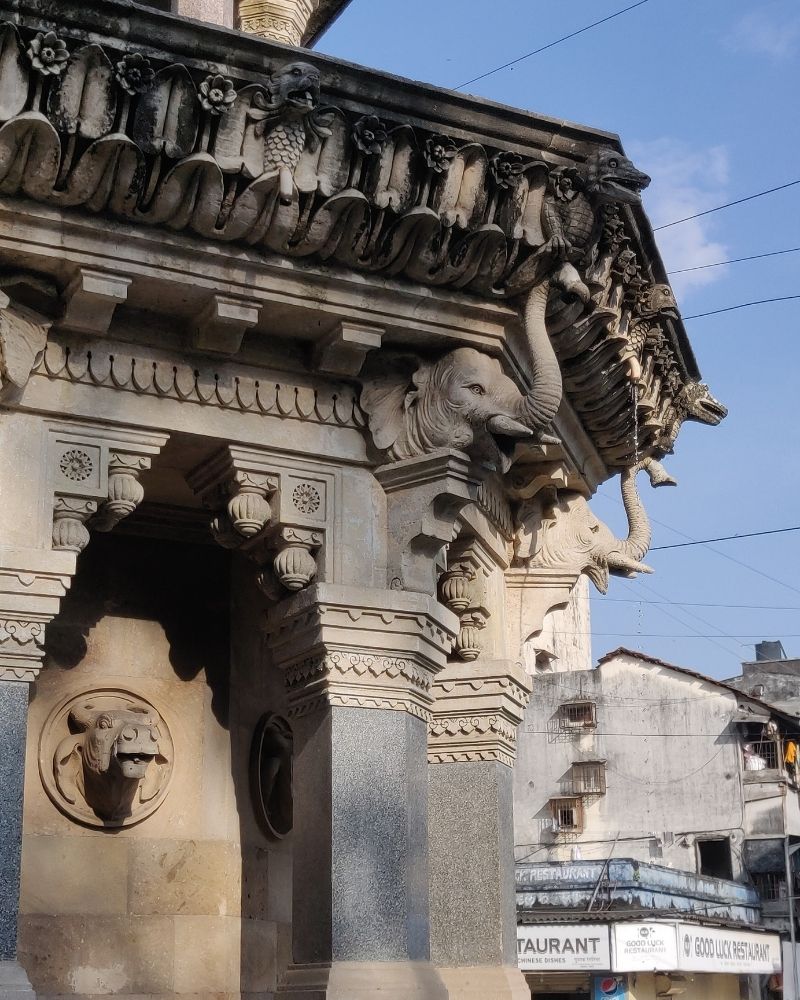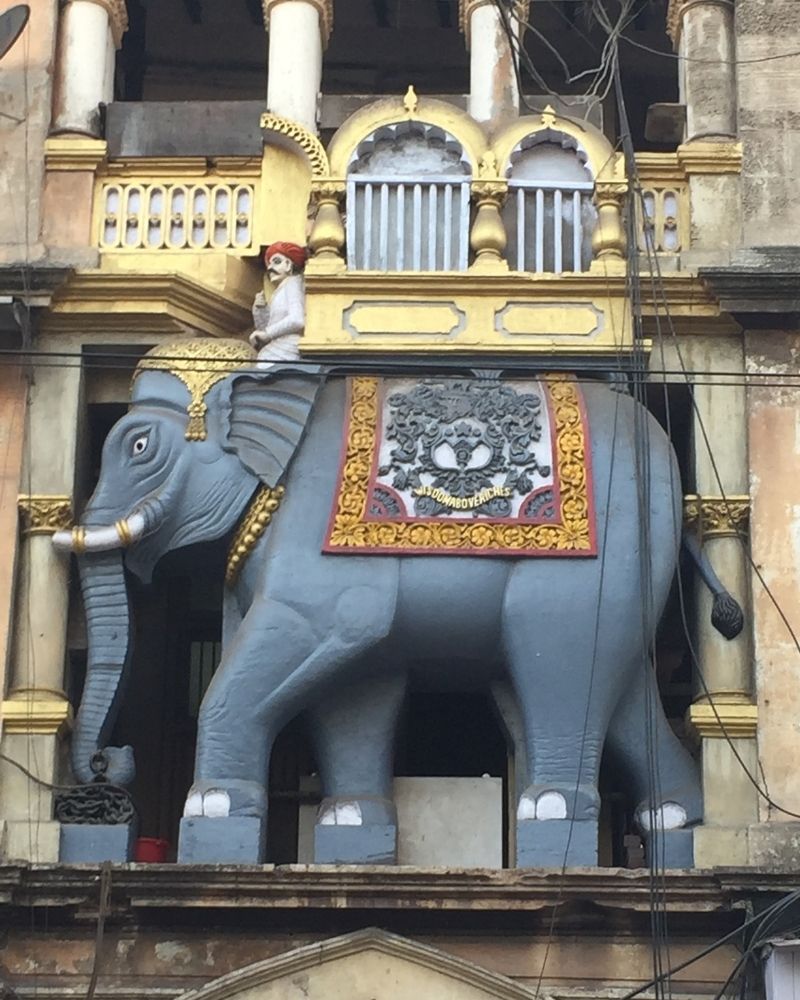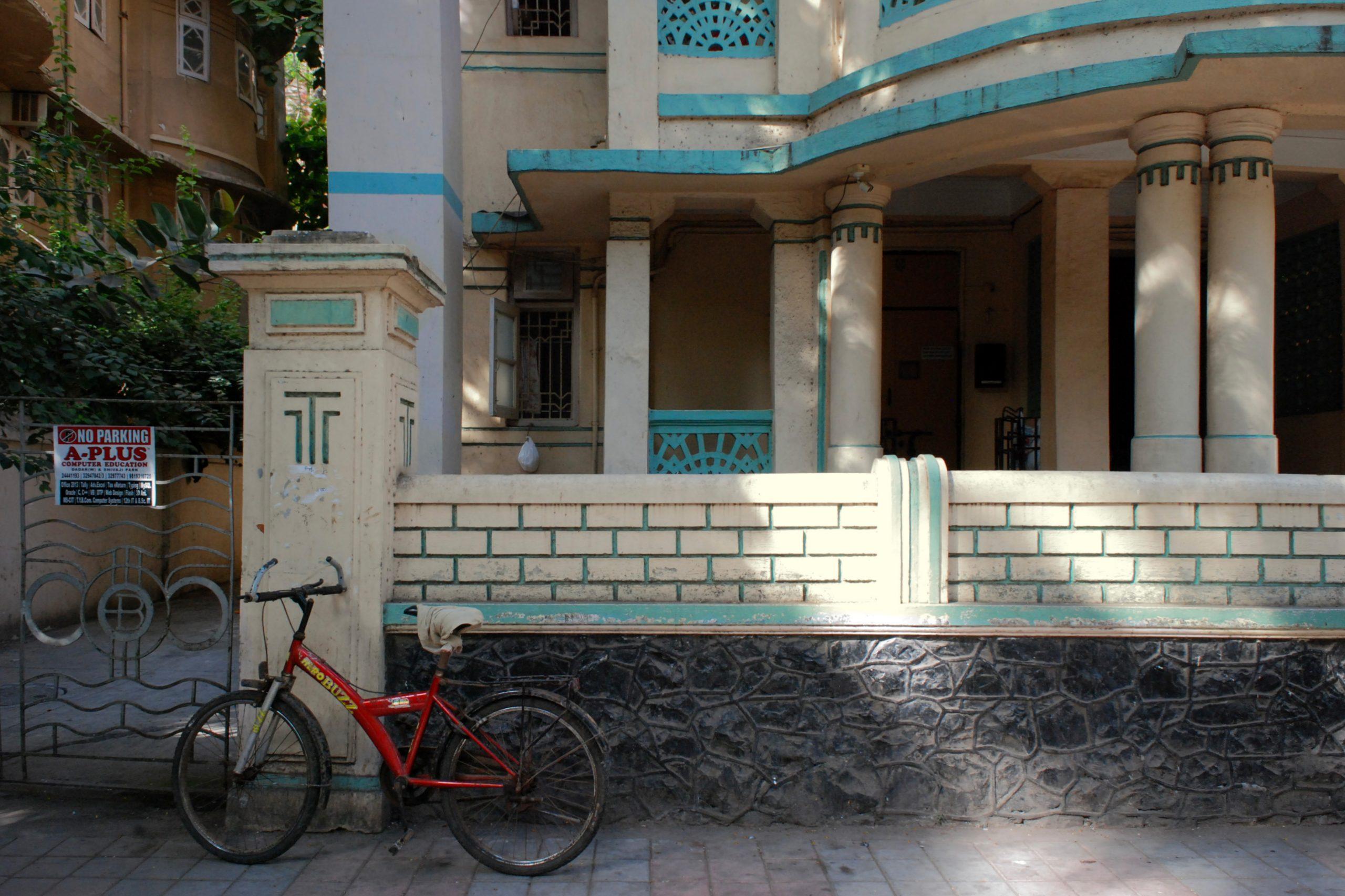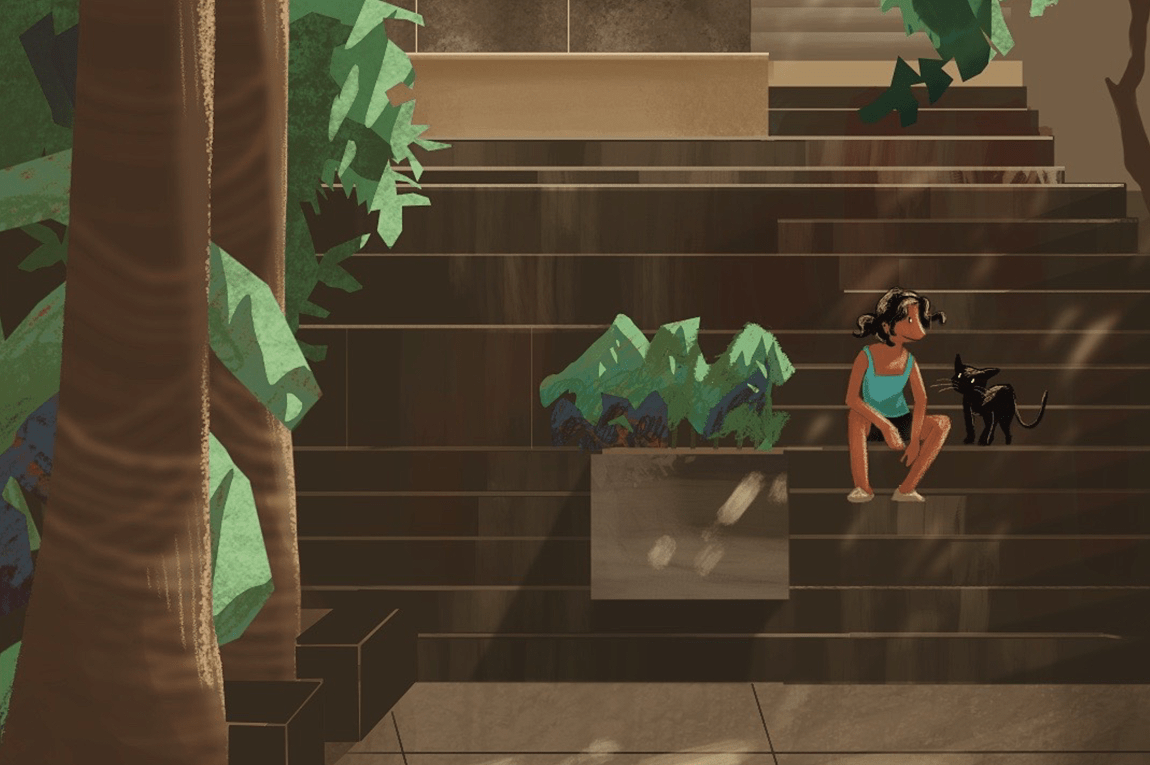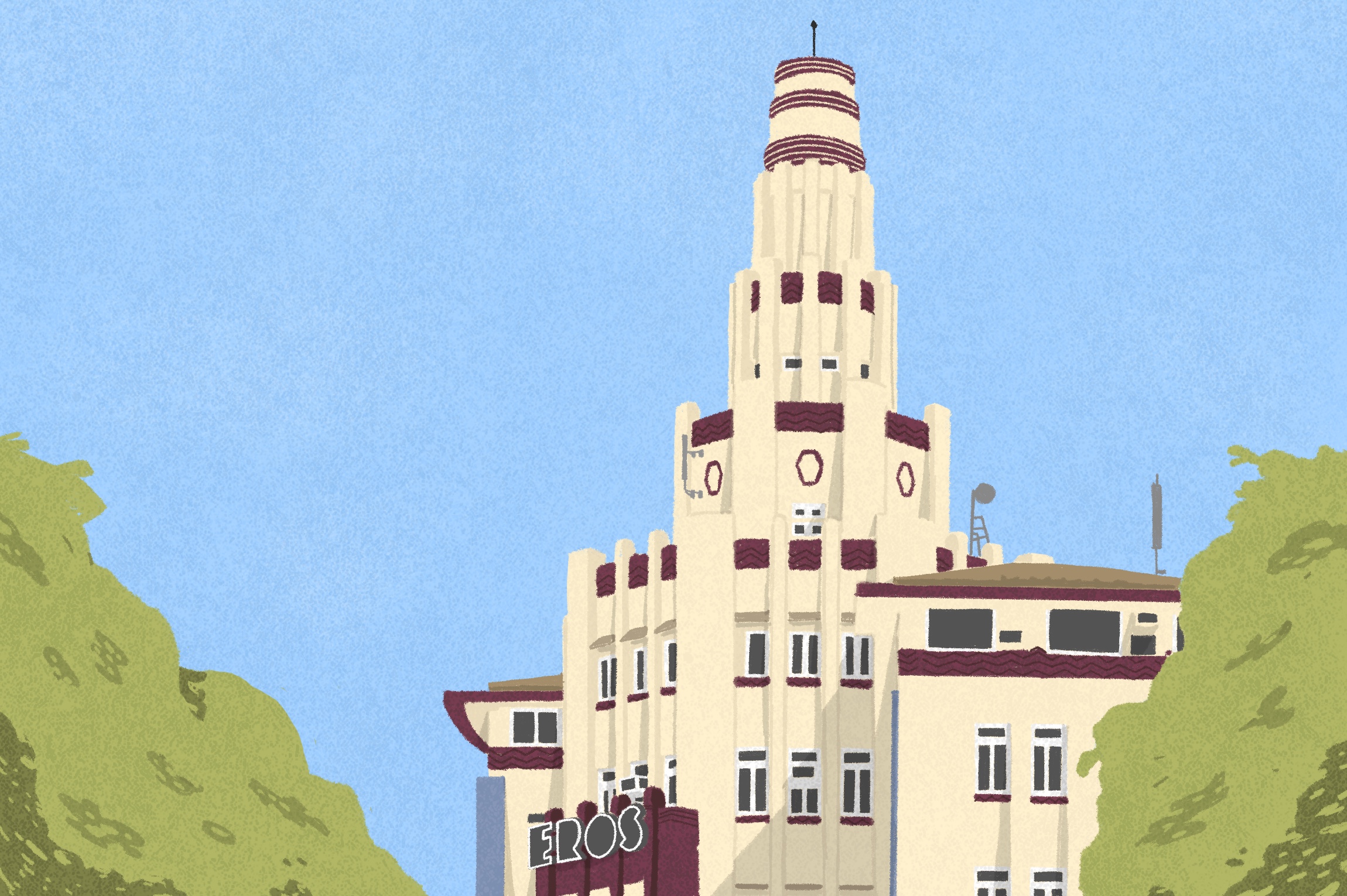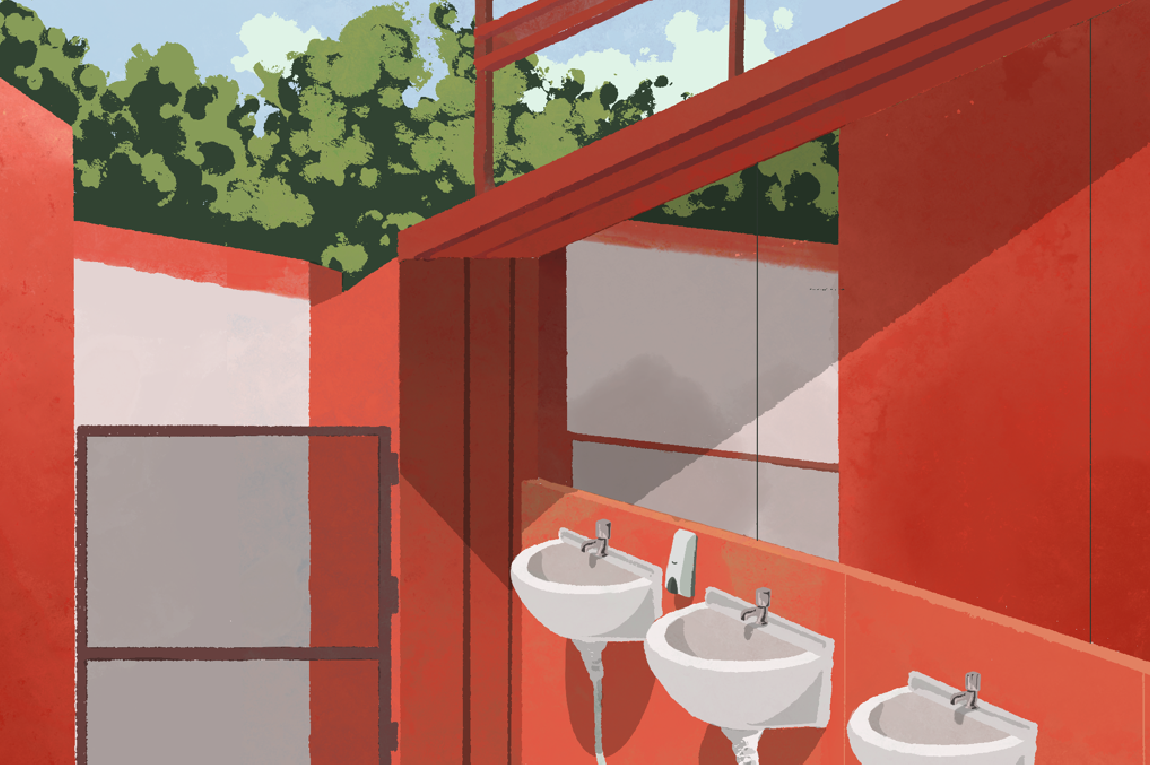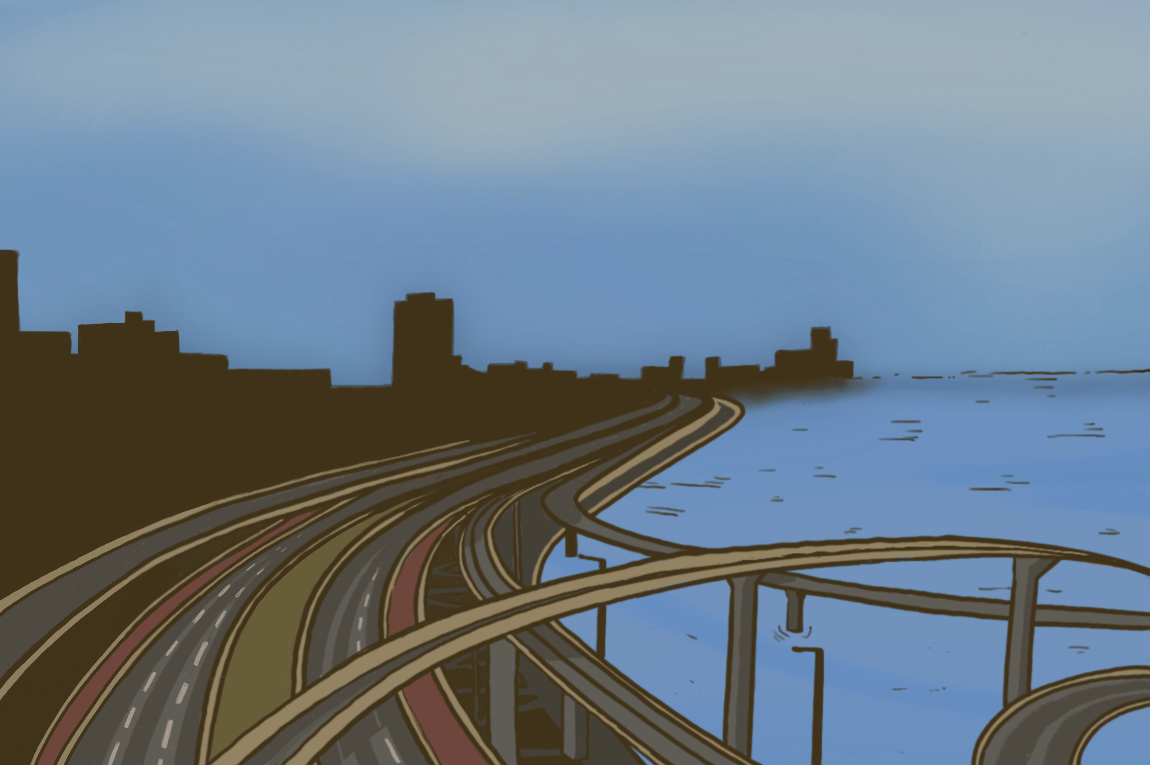As a kid, I travelled to school in Colaba, at the southern tip of Mumbai, from my home in Mumbai Central. The journey would take about 45 minutes if there was no traffic in the morning, in a double-decker BEST bus. What made the ride more entertaining was my vantage point on the upper deck. On routes 69 and 124, the bus would pass through various bylanes, past maidans that once functioned as compulsory open space for a clear range of fire from within the erstwhile Fort walls, and ultimately reach an area with finer details and architecture from the British colonial era. What intrigued me the most about the old buildings on the way were the different animals on their facades. Sometimes, I’d make eye contact with a devilish Gothic gargoyle, while at other times, a life-size tiger, lion or peacock would be perched at the entry of the building or decorating a window.
When my double-decker passed Kalbadevi — an old neighbourhood that’s home to some of the city’s busiest markets — I would peer out, waiting for the elevated elephant on the Bhangwadi building. Further on, at the Chhatrapati Shivaji Maharaj Terminus (CSMT), were the gargoyles with their terrifying expressions that used to scare me. From the double-decker, they were only an arm’s distance away from my window, protruding from a structure that also included carvings of other creatures like majestic peacocks and hungry monkeys. Then the bus would veer right at the General Post Office junction and I’d spot the lions, cows, oxen and fish on the Mulji Jetha water fountain and wonder if they magically came alive at night, like guardian angels to protect the city of Bombay — much like how the Fountain of Magical Brethren did in Harry Potter and the Order of the Phoenix. There was also the Hira Baug building at Cowasji Patel tank, famously abbreviated to CP Tank, where I’d see a lion and a cow drinking water from the same bowl.
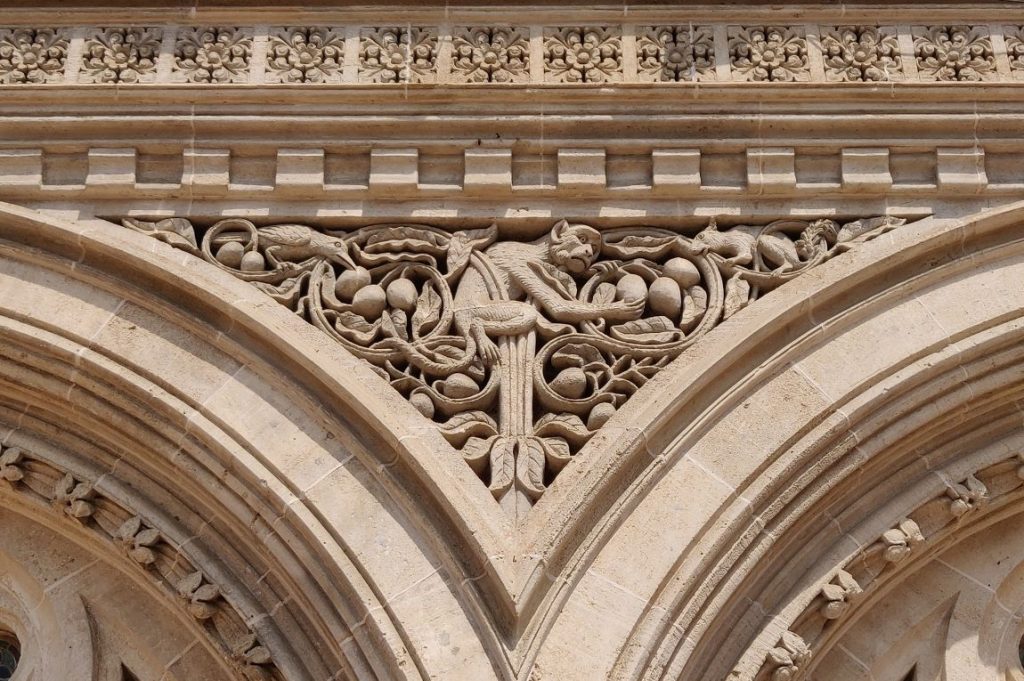
These sights on my daily commute across the city injected in me a big dose of curiosity. Only years later, as an architect, did my eyes open to the reasons behind the animals on buildings across the city. Each told a particular story. The elephant on the Bhangwadi building, for instance, was the insignia of the rich Mangaldas family who owned the building. I also learnt that elephants are considered sacred as they’re carriers of the goddess Laxmi, and so its presence at the front of this building was also perhaps to welcome the goddess and the wealth that she’s known to symbolise into the building. Indo-Saracenic architecture — like at CSMT and the Mulji Jetha fountain, incidentally both designed by FW Stevens — came about when British architects amalgamated local architecture styles with the prevalent Gothic style. The Indian craftspeople working on the structure were therefore encouraged to sneak in the region’s abundant flora and fauna into the detailing. The lion and cow in an arch at Hira Baug, a Jain dharamshala, proved to be an introduction to the Jain philosophy of ‘live and let live’ at a very young age, which my textbooks failed to do.
Some time ago, I remember reading about Salim Ali, the acclaimed ornithologist, looking up at the UNESCO-tagged CSMT building and being awestruck by the birds he spotted in the carvings. Animals, otherwise forgotten, have left their marks across the city’s heritage — a city safari can bring them and their stories alive.
Our selection of stays across India, best visited for their design and style. Check in
Esa Shaikh is an architect, based in Mumbai, who explores the city and its heritage. He runs @contractors_of_bombay, documenting lesser-known Indian engineers, contractors and labourers from the British Raj. He is on Instagram at @city_reader.
